A tree struck by lightning may sustain various forms of damage, but does this necessitate its removal? Is it possible for a tree to survive after a lightning strike?
It depends on the level of damage. If the tree is structurally unsound after a strike, it should be taken down.
You will need to contact a local arborist for an assessment. They will soon tell you if it can be saved or not.
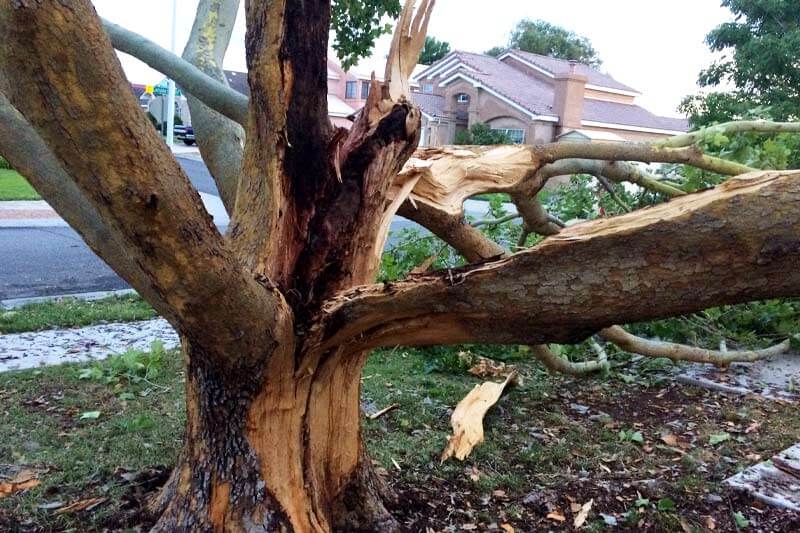
What we cover
ToggleWhy does lightning strike trees?
Trees, especially those with impressive heights, will most likely be targeted whenever lightning strikes1. However, the height of the trees is not the only reason they are more likely to be struck.
Trees absorb water. The sap and moisture inside make trees more prone to conducting and attracting lightning.
Additionally, the location, the type of tree, and the environmental conditions also influence this.
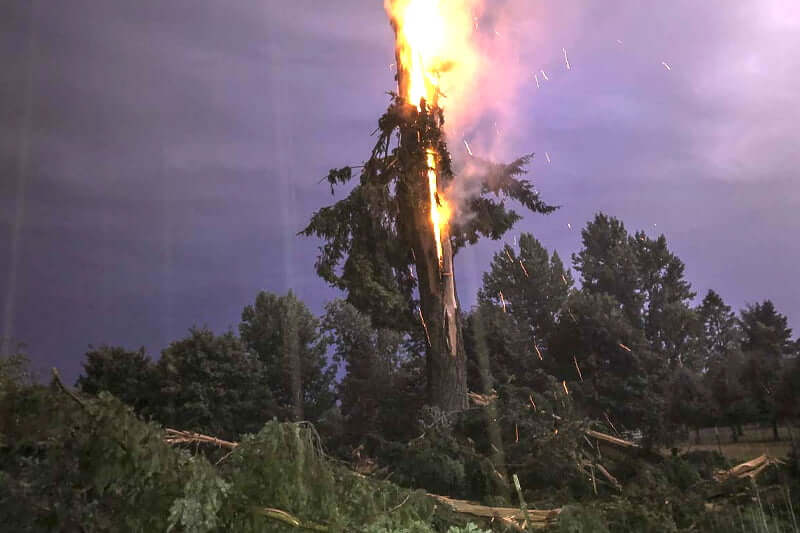
Signs lightning has hit your tree
Whenever a storm has passed near your home or property, you should make it a habit to inspect your structures, including your trees. Be careful to limit your inspection to a visual level, and avoid touching or moving things to prevent harm.
Visible cracks and burns
In checking for signs of a lightning strike on a tree, one of the most obvious signs to look for is whether the tree’s bark shows signs of cracks, burns, or any visible signs of damage.
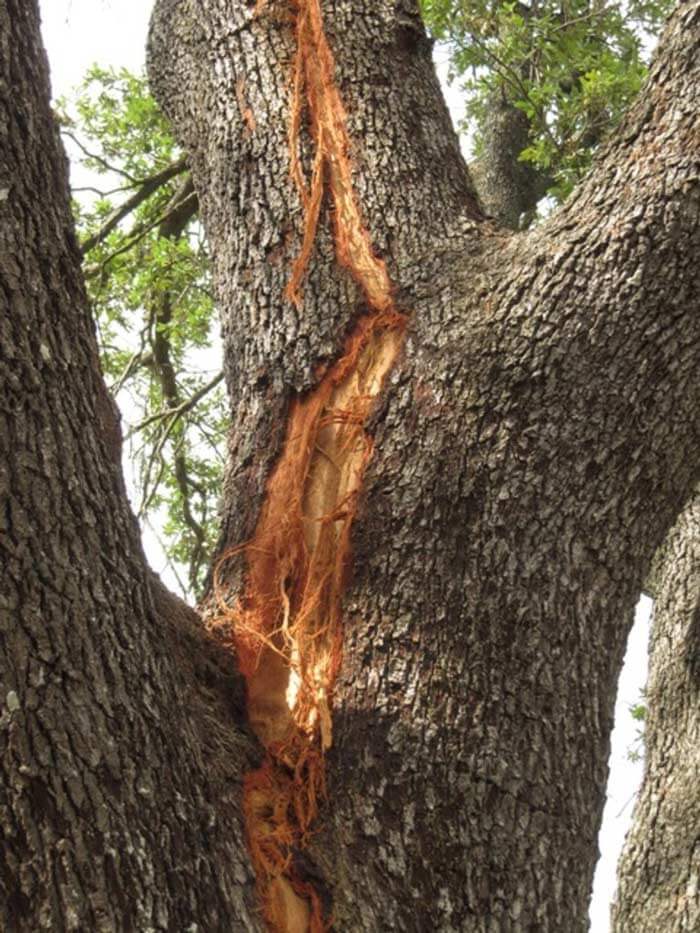
Burn marks or chared insides
If a tree is on fire or has recently had the heartwood burned with no visible signs of external fire damage, it may have been struck by lightning.
You will need to call a professional arborist to assess the structure of the tree.
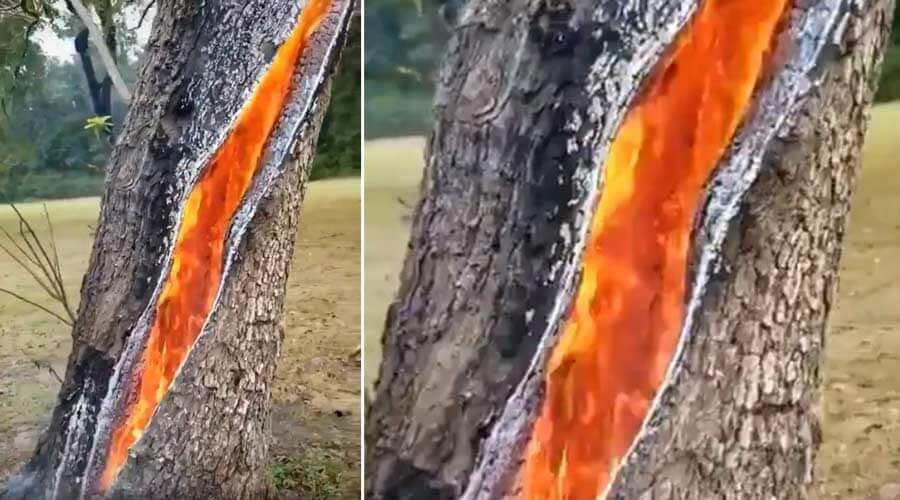
Visible tree deterioration
Aside from any damage that can be seen upon first inspection, you should also check regularly if your tree’s health has been gradually deteriorating or not. You can check your tree’s leaves and see if they have wilted or have lost their color.
Foliage wilting, visible tree deterioration, and other signs that are long-term are some of the signs that tree inspectors or arborists will look out for.
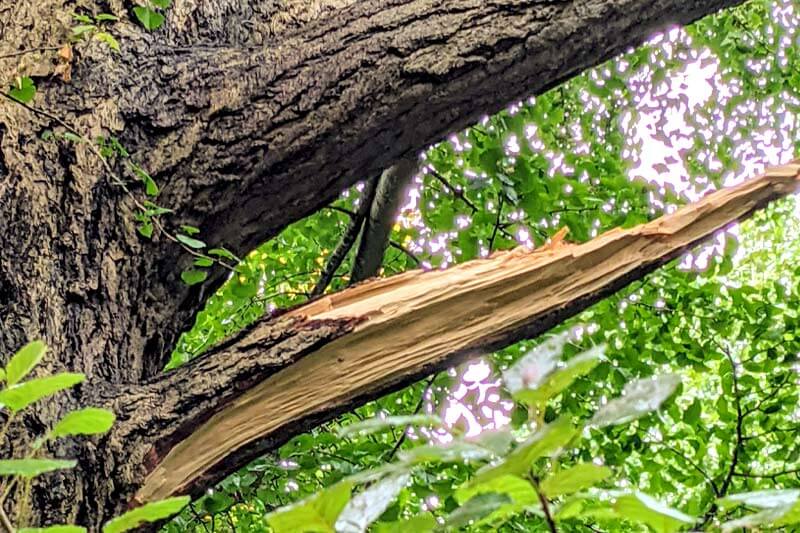
Additional signs of a lightning-struck tree
Other signs to look out for may also include:
- Signs of any splits or cracks that go can be followed down to the tree’s trunk
- Gradual loss of the tree’s health, including wilting and withering of leaves or flowers
- Damaged, blackened, and burnt parts of the tree, especially the tree’s bark
- Broken or fallen branches or certain parts of the tree
After a thorough inspection of your tree and your property, the arborist of the hired tree expert shall recommend an itinerary or show you a plan on whether to repair your tree.
If upon inspection they see that the tree is beyond saving, you might need to say goodbye to your tree to prevent more damage and harm to your property and your family.
What to do after lightning strikes your tree?
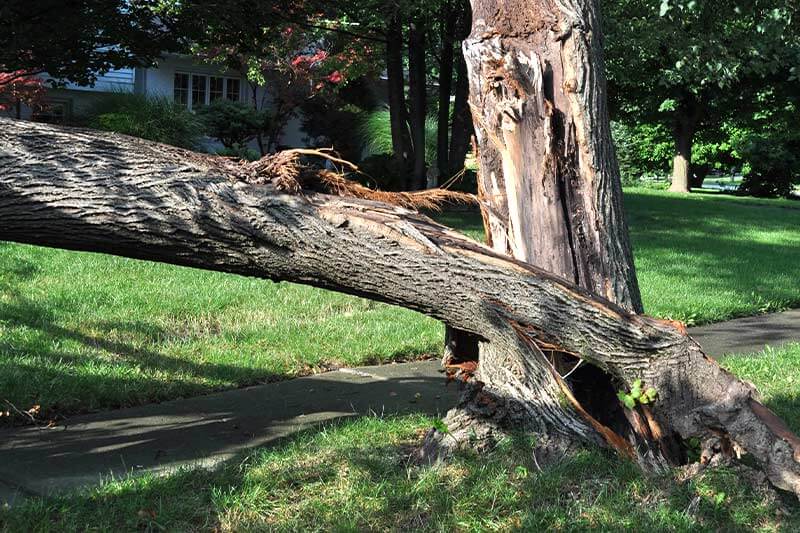
Tree inspection
Tree Inspection – When there has been a storm in your area, you or a qualified arborist have to perform a tree inspection.
Tree pruning – If an arborist has identified structurally unsound branches, they will remove them for safety. Additionally, a 30% foliage reduction may be warranted to help boost the tree’s vigor post-lightning strike.
Tree removal – The removal of a tree will be based on an arborist assessment and will be done if the tree is deemed hazardous.
Tree pruning
- Once you spot that your tree has received serious damage because of a lightning strike, you may need to seek tree pruning.
- Damaged tree branches do not necessarily indicate that the tree is dead. Tree services may just prune the damaged sections and help keep the tree alive.
- Sometimes, there will be damage that you cannot spot from the ground. Tree removal companies will inspect these using special equipment, and their workers will remove any potential debris.
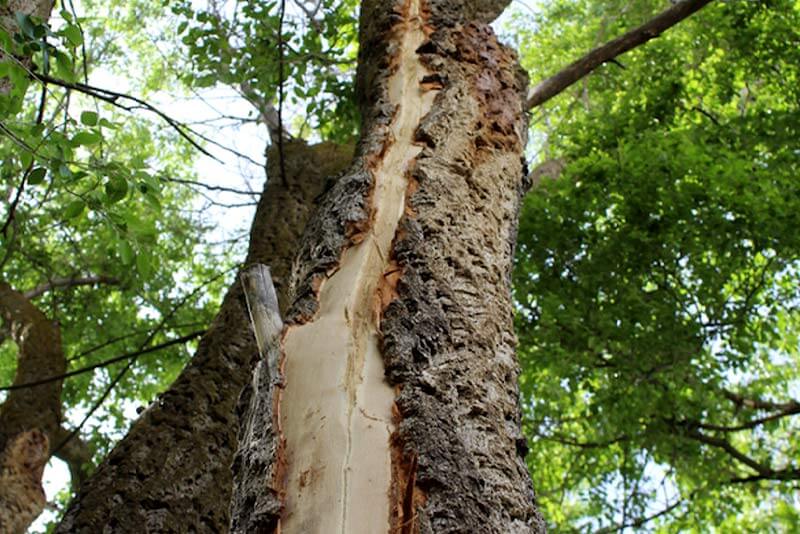
Can lightning strikes on a tree be prevented?
Luckily, yes. Some methods can be applied to help you prevent your trees from getting hit by lightning, and it is better to adapt this from early on instead of repairing the damage afterward.
Lighting protection measures can be installed to help protect your important or even just vulnerable trees. These can help protect trees by slowly releasing electrical charges, making them dissipate. This makes it less harmful.
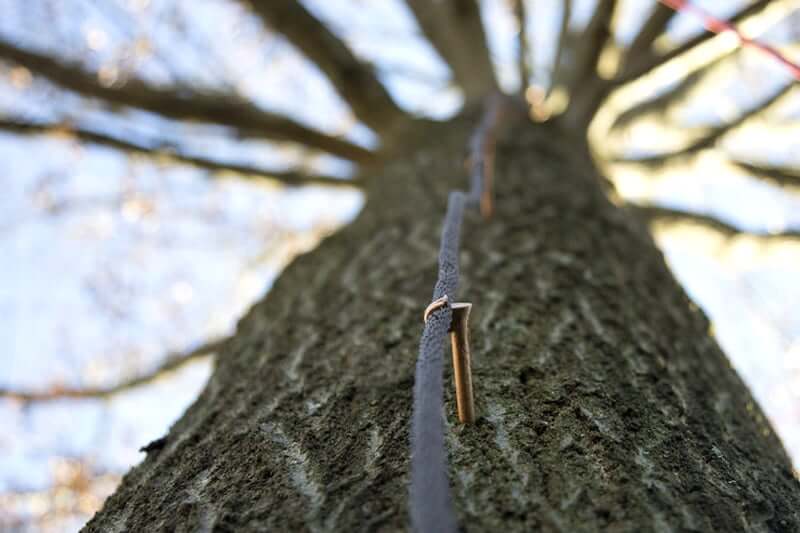
Do the lightning protection systems work?
These lightning protection systems2 help channel the electricity from a strike past the tree down the ground, where it dissipates.
They do work but are not necessary for most tree owners. They are recommended if electrical storms are frequent and you are close to a body of water.
- Arnold Brodbeck, Jack Rowe, and Jim Jacobi, (2023) Caring for Lightning-Struck Trees. <https://www.aces.edu/blog/topics/forestry/caring-for-lightning-struck-trees/> Accessed: 05-03-2024
- American Arborists, (2017) What to Do If Your Tree Is Struck by Lightning? <https://www.americanarborists.net/tree-tips/2017/june/what-to-do-if-your-tree-is-struck-by-lightning-/> Accessed: 05-03-2024














